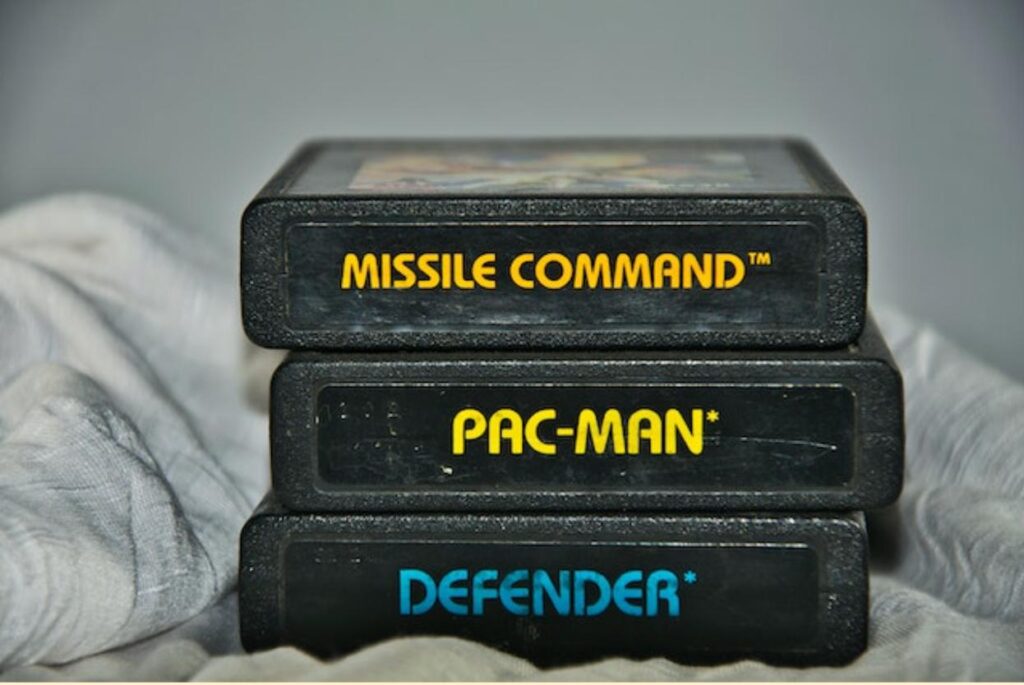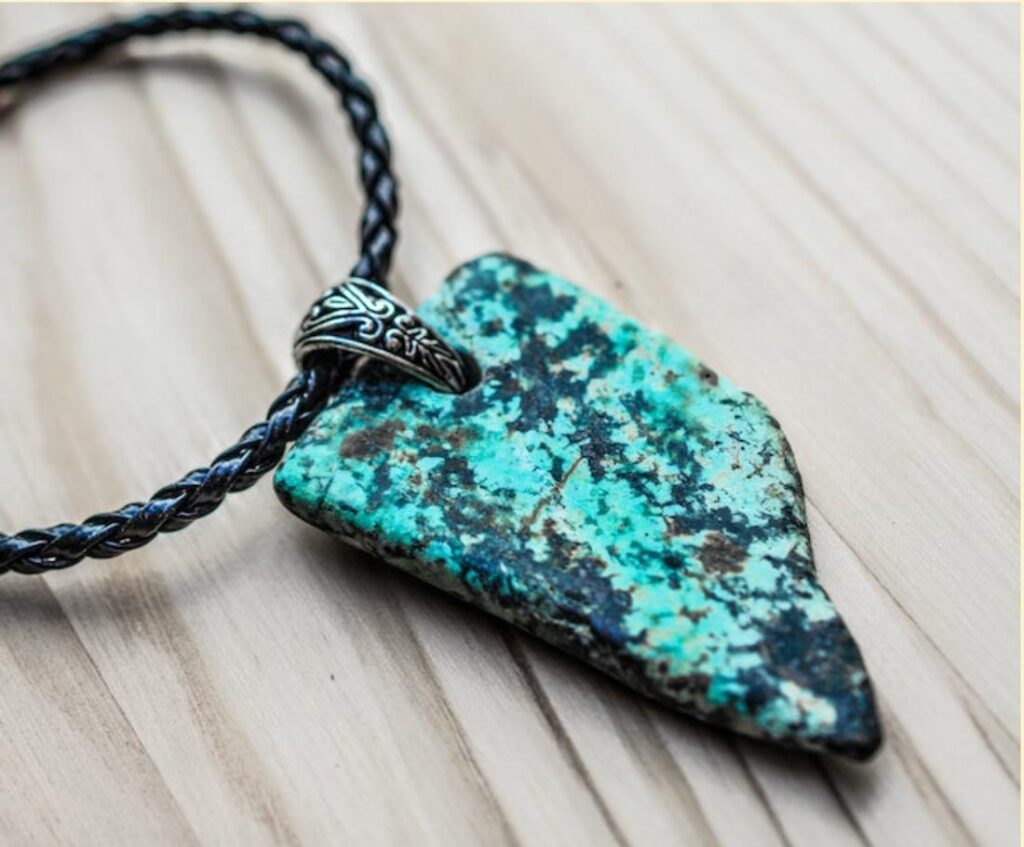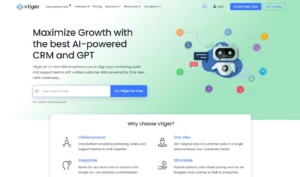How to Get More Sales on Depop
In today’s bustling online marketplace, Depop has emerged as an indispensable platform for small business brands who want to tap into the pulse of modern fashion. With a young, fashion-savvy audience and a unique social commerce model, Depop offers businesses a dynamic space to engage, sell, and grow.
However, with the platform’s surging popularity comes the challenge of standing out in an ever-expanding ocean of sellers. This article will not only delve into product ideas that resonate with Depop’s audience but also equip you with actionable tips to transform your Depop venture into a success story.
What is Depop?
Before we dive into the nitty-gritty of how to excel on Depop, it’s essential to understand what Depop is and why it has become a hotspot for online sellers and buyers alike.
Launched in 2011, Depop is a mobile-based marketplace that blends e-commerce with elements of social media, giving it a unique flavour in the digital retail space. It’s not just an app where people can buy and sell; it’s a community that thrives on personal style, individual creativity, and entrepreneurial spirit.
Primarily focused on fashion, Depop allows users to sell a wide variety of items, from clothing and accessories to books, art, and more. However, it’s not the items alone that make Depop special; it’s the way people sell them.
The app mirrors social media platforms, encouraging sellers to create profiles, follow other users, like items, and even share posts. This community-driven approach sets Depop apart from other online marketplaces like eBay or Etsy.
The platform particularly resonates with a younger demographic—most of its users are under the age of 26. What draws them to Depop is not just the chance to find unique or affordable fashion and unique, one of a kind items, but also the opportunity to be a part of a like-minded community. It’s a platform where the boundary between buyer and seller is fluid, and where the art of the deal is often just as valuable as the products being exchanged.
What also distinguishes Depop is its commitment to sustainability. As consumers become increasingly aware of the environmental impact of fast fashion, Depop offers a more eco-friendly alternative by promoting second-hand, vintage, and upcycled items.
With such a distinctive model, Depop offers small business brands a unique environment in which to flourish. However, standing out and succeeding on this buzzing platform requires a strategy that’s just as unique. Read on to discover how you can turn your Depop store into a thriving part of your growing business.
Optimal Product Ideas for Small Brands on Depop

With a platform as versatile as Depop, the range of products you can sell is impressively broad. However, it’s critical to align your product offering with the platform’s unique culture and user base. Here’s an expanded list of product ideas, particularly curated with small brands in mind:
Vintage and Retro Items
The timeless allure of vintage and retro items has a special place on Depop. The platform is a treasure trove for enthusiasts looking for one-of-a-kind items from yesteryear. Whether it’s fashion pieces like jackets from the ’70s, disco-era accessories, or even retro furniture, your small brand can make a big impact by carefully curating such products.
Clothing: Think high-waisted jeans, vintage band tees, and flannel shirts.
Accessories: Leather bags, antique jewellery, and retro sunglasses can add spice to your store.
Tech and Gadgets: Believe it or not, vintage typewriters, rotary phones, and old gaming consoles have a huge market here.
Collectibles: From vinyl records to rare books, collectibles are hot on Depop.
Streetwear and Designer Brands

The millennial and Gen Z populations that frequent Depop have a taste for contemporary streetwear and designer brands. If your small brand can source or even collaborate with well-known labels like Supreme, Off-White, or Balenciaga, you stand a chance to corner this market.
Limited Editions: Items like exclusive sneakers, or limited-run clothing can offer an added level of excitement.
Collaboration Pieces: Think about shirts or accessories made in collaboration between high-end and streetwear brands.
Designer Vintage: Vintage pieces from luxury brands are particularly coveted.
Note: Authenticity is non-negotiable. Given the prevalence of counterfeits in streetwear, ensure that every item you sell comes with the necessary documentation to prove its legitimacy.
Handmade and DIY Products

The “crafty” side of Depop is where small brands can truly shine. The platform’s audience values craftsmanship and the personal touch that comes with handmade items. Here are some categories to consider:
Jewellery: Handmade necklaces, earrings, and even unique engagement rings can attract a sizable following.
Clothing: Personalised tees, embroidered denim, and knitwear can make your brand stand out.
Home Décor: Think handmade candles, artwork, and even small furniture pieces.
Beauty: Custom-formulated skincare products, bath bombs, or soap can add a unique dimension to your store.
Sustainable and Eco-Friendly Products
Sustainability is more than just a buzzword; it’s a mandate, especially for younger consumers. Eco-conscious products can be a massive hit on Depop.
Upcycled Clothing: Turn pre-loved garments into something new and stylish.
Reusable Items: Think reusable shopping bags, beeswax wraps, and reusable water bottles.
Eco-friendly Beauty Products: Organic, cruelty-free, and sustainably packaged beauty products can attract a conscious customer base.
Niche Interests and Subcultures
Depop’s diverse community also has pockets of users interested in niche categories. These can range from goth and steampunk fashion to anime merchandise and even pet accessories.
Themed Stores: Consider curating your store around a specific theme, be it a colour, era, or subculture.
Merchandise: Fan-based merchandise can include everything from posters to unique, homemade collectibles related to a particular interest.
By expanding their product offerings in these directions, small brands can create a focused yet versatile Depop shop that appeals to its eclectic user base. Whether you decide to specialise in one category or offer a mix, ensure that the items align with Depop’s unique culture and ethos.
Strategies for Becoming a Powerhouse Seller on Depop
Success on Depop doesn’t happen overnight; it’s a culmination of well-executed strategies, keen observation, and relentless effort. Whether you are new to Depop or looking to elevate your game, here are some advanced techniques to make your small brand a powerhouse on this bustling marketplace.
Master the Art of Targeted Engagement
The digital world brims with countless opportunities to engage with your audience, but not all engagement drives sales. The secret lies in targeted engagement: a focused approach to connecting with potential buyers who are genuinely interested in your product niche.
Utilise Depop’s Hashtag System
Depop allows you to add hashtags to your listings, creating avenues for your products to be discovered. Don’t just use generic tags like #clothing or #accessories. Also use more specific ones that capture the essence of your items, like #90sVintage or #HandmadeJewelry. This increases the chances of your listings popping up when a user searches for these terms.
Timing and Analytics
Understand your audience’s behaviour by closely observing analytics. This could involve tracking what time most of your followers are active, which items get the most views, and even how many people visit your store daily. Based on this data, tailor your posting schedule for maximum reach and impact.
Keep Your Listings Fresh and Dynamic
An untended shop gathers dust, both in the physical and digital realms. Your Depop listings need regular updates to stay relevant and engaging.
Seasonal Stocking
Depop users are trendy. If tie-dye is the summer’s big hit or faux fur is the go-to for winter, ensure your listings reflect that. Keeping an eye on fashion news and seasonal trends can provide you with valuable insights for inventory planning.
Flash Sales and Bundles
Occasional flash sales or bundling options can pique interest and move inventory faster. For example, offering a ‘Buy One, Get One 50% Off’ on t-shirts could be a great strategy to boost sales.
Leverage the Power of a Well-Crafted Bio
In e-commerce, you have mere seconds to convert a visitor into a customer, and a captivating bio can be your best asset for this. Your bio should be a succinct yet comprehensive snapshot of what you offer.
Share Your Story
Are you sourcing all your items sustainably? Did your fashion journey start in your grandma’s attic? A back-story not only humanises your brand but also creates a connection with the audience.
Include a Call to Action
Guide your visitors to the next step, whether it’s visiting your latest collection or signing up for an exclusive discount. A strong call-to-action can stimulate sales and build a customer base.
Step Up Your Photography Game
Visuals can make or break your online selling experience. Poorly photographed items can discourage even the most interested buyer.
Invest in Professional Lighting
While natural light is ideal, investing in a softbox or ring light can ensure that your products are visible in all their glory, regardless of weather or location.
Focus on Composition
The rule of thirds, symmetrical arrangements, and clutter-free backgrounds can enhance your product images. Consistency in your photos also helps to create a unified shop appearance, which can be more aesthetically pleasing to potential buyers.
Smart Pricing Strategies
Pricing is a balancing act that requires a deep understanding of your market, competition, and value proposition.
Competitor Benchmarking
Regularly scout your competitors’ prices and adjust your pricing strategy accordingly. If you offer added value, don’t be afraid to price slightly higher.
Dynamic Pricing
Consider implementing a dynamic pricing strategy where you adjust the prices based on demand, special occasions, or even based on the buyer’s location.
The Appeal of Free Shipping
The promise of free shipping can often tip the scales in your favour when a buyer is deciding to make a purchase.
Absorb Costs Creatively
You can either include the shipping cost in the product price or offer free shipping on orders above a certain value, encouraging buyers to purchase more.
Limited-Time Free Shipping
Offering free shipping during special events or holidays can provide a temporary boost in sales and attract a flurry of new customers.
Becoming a powerhouse seller on Depop requires a nuanced strategy, covering everything from targeted engagement to listing optimisation. Keep these tips in mind, be patient, and watch as your small brand grows into a Depop sensation.
A Calculated Approach to Depop Success
Rising to prominence on Depop doesn’t happen overnight. It’s a calculated effort that requires understanding the nuances of the platform and adapting your strategies accordingly. Be patient and continuously optimise your listings, pricing, and engagement tactics.
Keep a vigilant eye on platform fees and set achievable goals for your sales targets. By weaving all these elements into a cohesive strategy, you significantly elevate your chances of making your Depop store not just a side gig but a thriving small business.
Frequently Asked Questions (FAQs) for Selling on Depop
How can I ensure/prove the authenticity of branded items I sell?
Authenticity is crucial, especially for designer or branded items. Always keep any certificates, tags, or receipts that prove an item’s authenticity. You may also opt to get items verified by a professional before listing them. Consider providing a detailed description and high-quality images that show unique identifiers or serial numbers.
How do I handle returns and exchanges on Depop?
Depop doesn’t enforce a universal return policy; it’s up to you to set your own. Clearly outline your return and exchange policy in your shop bio or listing descriptions. Some sellers offer returns within a specified period, while others state that all sales are final.
What are the best ways to package my items sustainably?
Sustainable packaging is increasingly important for Depop’s eco-conscious audience. Consider using recycled or biodegradable materials. Old newspapers, fabric scraps, and even cereal boxes can be creatively repurposed for packaging.
Can I sell internationally, and how do I set international shipping rates?
Yes, Depop allows you to sell and ship internationally. To set international shipping rates, go to the ‘Shipping’ section when creating a listing and select the countries you’re willing to ship to. Make sure to calculate shipping costs accurately to avoid losses.
How do I calculate the best price for a bundled item?
Bundling is a great strategy to move more items and encourage larger purchases. The price should reflect a slight discount compared to buying each item individually. Ensure it’s a win-win situation by pricing bundles attractively, yet profitably.
How can I improve my search visibility within Depop?
In addition to using strategic hashtags, regular updates, and targeted engagement, consider participating in Depop’s promotional features like the ‘Explore’ page. Additionally, accumulating positive reviews and rapidly fulfilling orders can boost your shop’s algorithmic ranking.
How do I manage inventory effectively?
Effective inventory management is key to avoiding overselling or understocking. Use a simple spreadsheet or specialised software to track your inventory levels, item locations, and sales rates. This helps you plan restocks and manage storage space efficiently.
What are some ways to deal with unresponsive buyers?
An unresponsive buyer can be frustrating. After a reasonable period, you may opt to cancel the sale and relist the item. Ensure you communicate clearly and give ample time for the buyer to respond before taking action.
How can I offer customer loyalty programs or discounts?
While Depop doesn’t have a built-in feature for loyalty programs, you can manually track repeat customers and send them personalised discount codes. Alternatively, you can advertise a standing discount for repeat customers in your shop bio.
Is it possible to collaborate with other Depop sellers?
Absolutely. Collaborations can range from co-hosting a sale to cross-promoting each other’s items. Reach out to sellers who offer complementary products and discuss how a partnership could be mutually beneficial.




